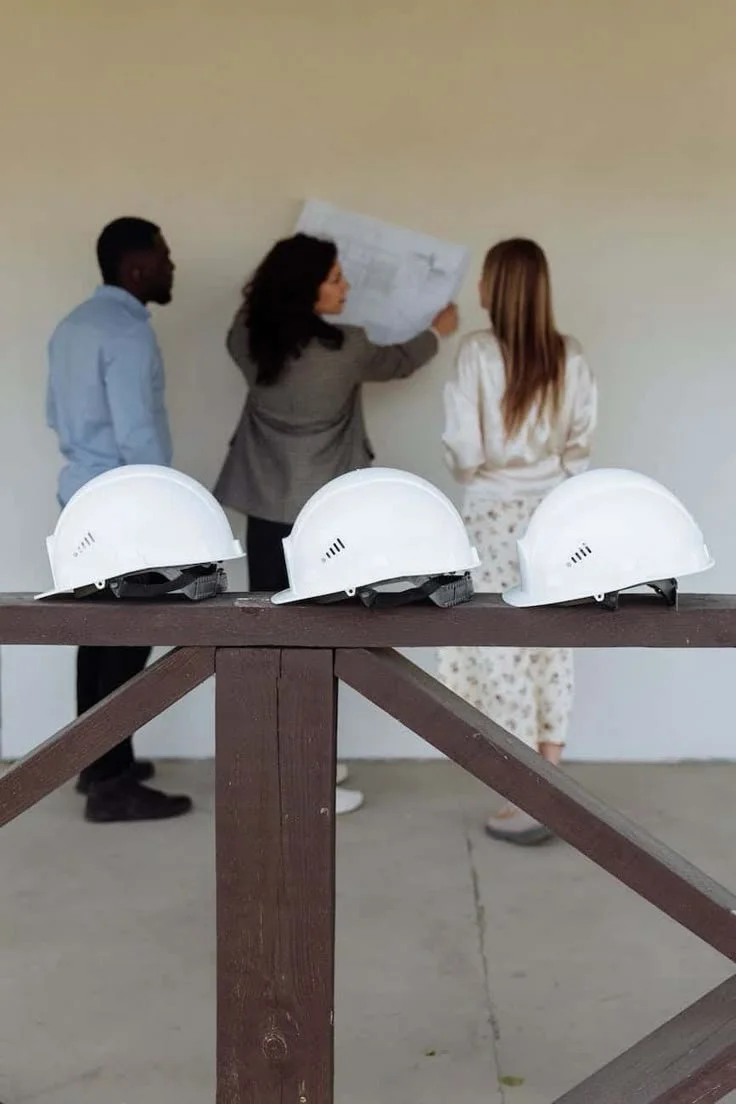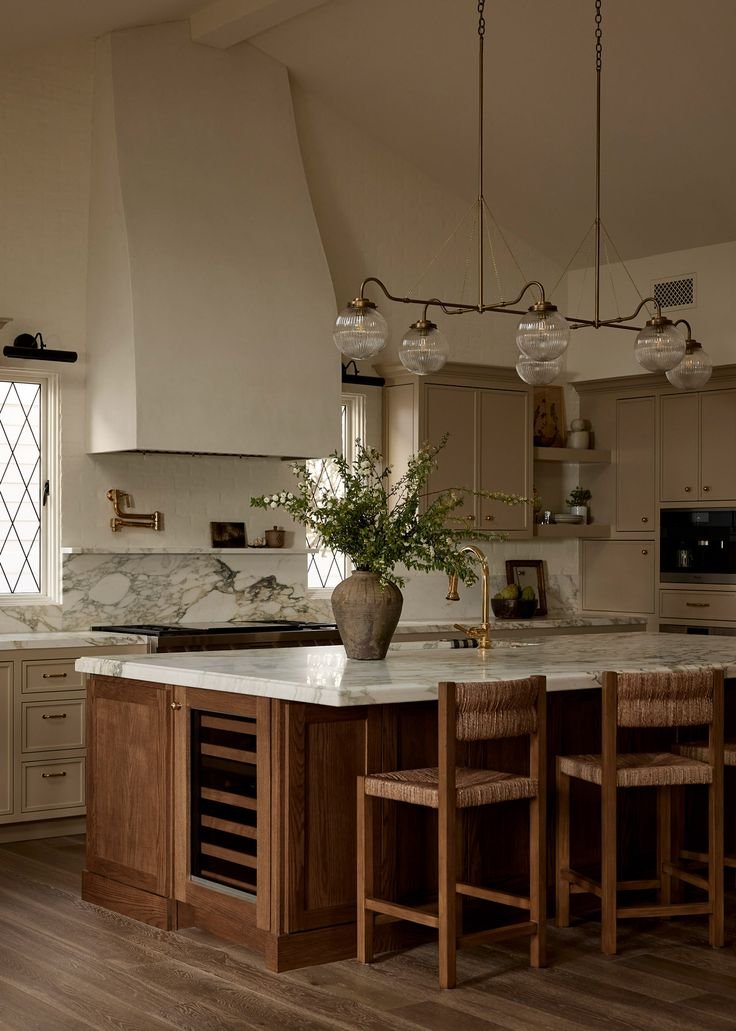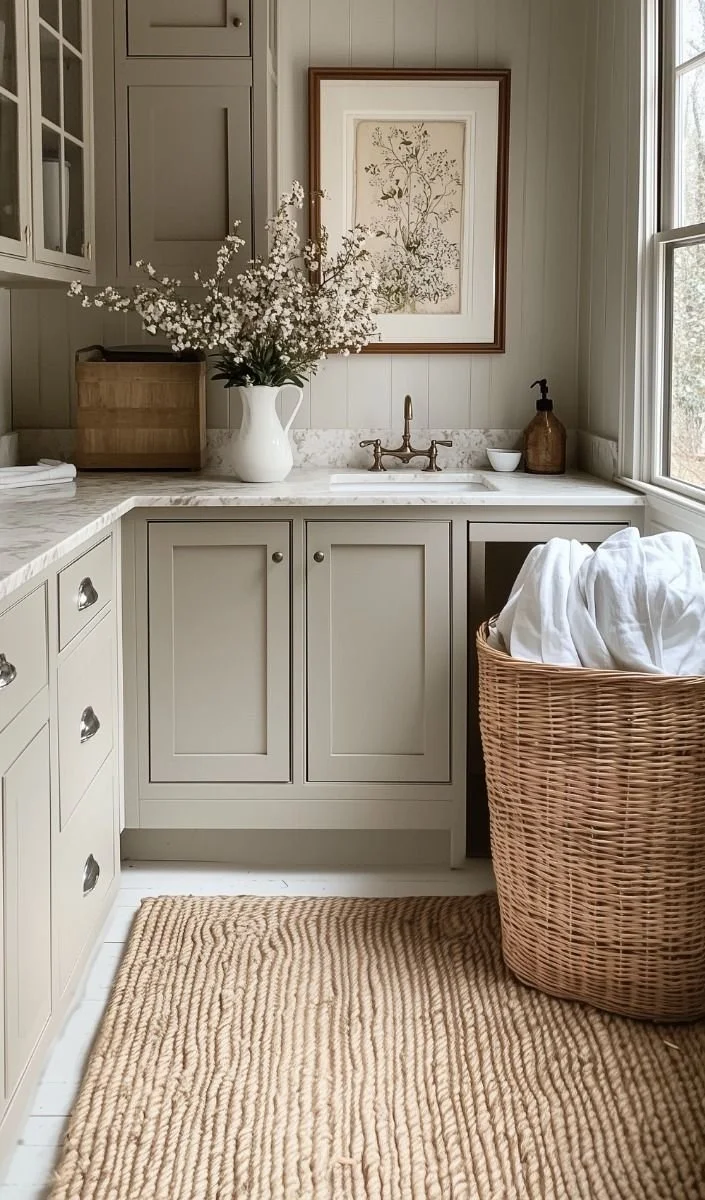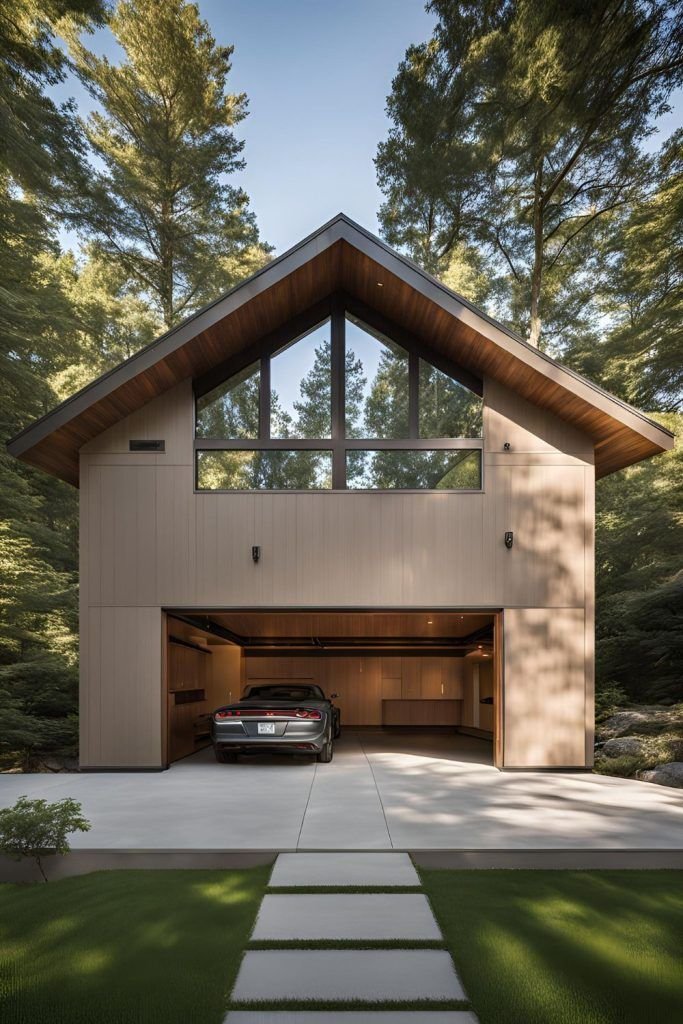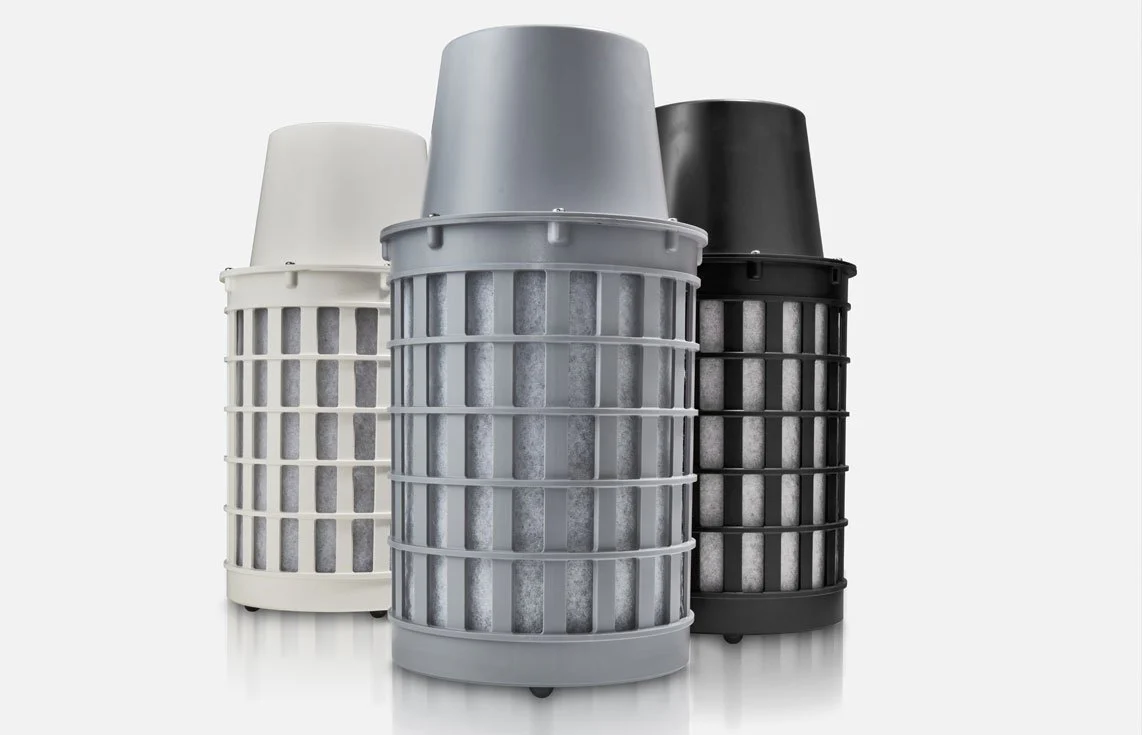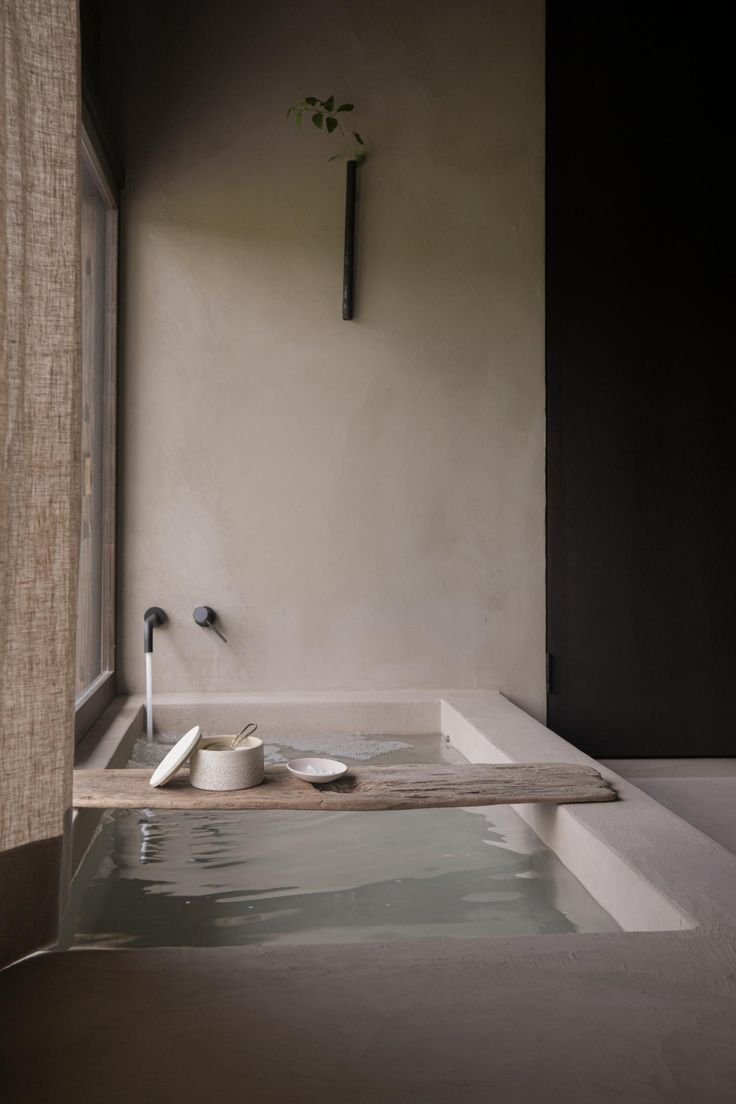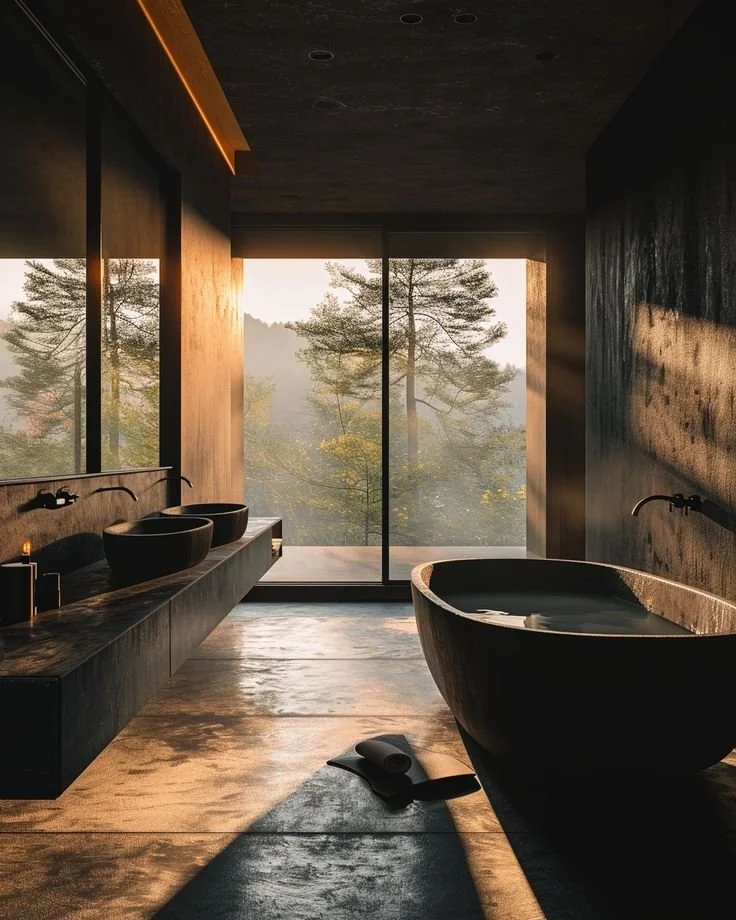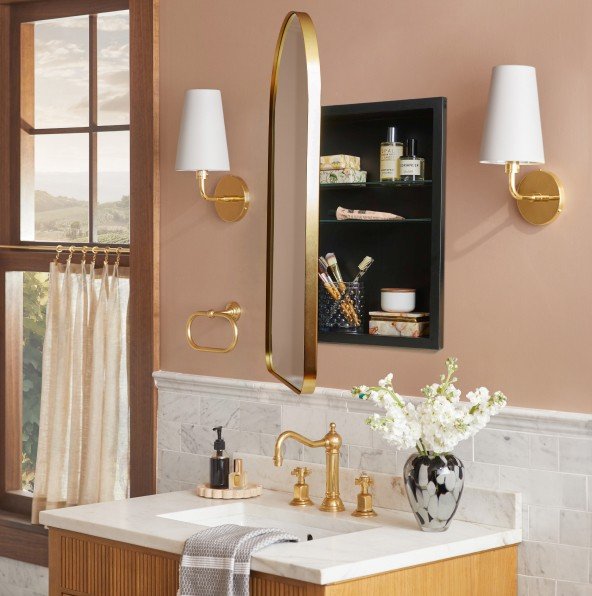When it comes to managing waste efficiently, skip bin hire services are a go-to solution for homes, businesses, and construction sites. Whether you’re clearing out your garage, renovating your home, or managing a large-scale project, hiring a skip bin offers convenience, cost-efficiency, and environmental benefits.
But what makes skip bin hire services the best option for waste disposal? And how do you get the best price skip bins? In this article, we explore the top reasons why skip bin hire is a smart choice for waste management and how to secure the best value.
What Are Skip Bin Hire Services?
Skip bin hire services provide a hassle-free solution for waste disposal. Skip bins are large, industrial containers designed to collect and store waste materials before they are transported to recycling or disposal facilities.
These services typically offer a variety of bin sizes, from small bins suitable for household clean-ups to large bins needed for construction and industrial waste. Most skip-hire companies deliver the bin to your location and pick it up once it’s full.
Whether you’re working on a home renovation, cleaning out your garden, or handling waste for a major construction project, skip bin hire services make managing large amounts of waste easy.
No. 1
Convenient Waste Disposal
One of the top reasons to select skip bin hire services is the convenience they provide. Whether you’re tackling a small spring clean or managing a large-scale construction project, hiring a skip bin saves you time and energy.
You no longer need to make multiple trips to a local landfill or waste facility. Simply fill the bin at your convenience, and the company will pick it up when you’re done.
Skip bin services offer a simple, no-hassle solution that saves you from dealing with the complexities of waste management. The convenience of having a bin on-site allows you to work at your own pace, making the process smoother and more organized.
No. 2
Affordable and Transparent Pricing
When looking for skip bin hire services, one of the most important factors is cost. Skip bins are typically affordable, and you can find options to fit different budgets. Moreover, the pricing for skip bin hire is transparent, and you only pay for the service you need—no hidden charges.
By selecting a reliable provider, you can ensure you’re getting the best-priced skip bins for your requirements. Many companies offer flexible pricing models based on the size of the bin, duration of hire, and type of waste. With a wide range of options available, you can choose the most cost-effective solution that suits your needs.
No. 3
Wide Range of Bin Sizes to Choose From
Another major advantage of skip bin hire services is the wide variety of bin sizes available. Depending on the scale of your waste disposal project, you can choose the perfect-sized bin for your needs.
If you’re doing a small home clean-up, a mini skip bin will likely suffice. However, for larger projects like renovations or construction, you may need a larger bin.
By selecting the best-priced skip bins from a reputable provider, you ensure that you’re paying only for the size you need, making it a more affordable and efficient option.
Retold Recycling
Declutter sustainably with Retold Recycling – your easy solution for textile recycling. it is, the way you tell your story online can make all the difference.
No. 4
Professional Waste Management and Disposal
Skip bin hire services not only offer bins but also ensure proper waste management. Professional skip bin providers follow regulations for waste disposal, including recycling where possible. This means your waste won’t just end up in a landfill—it will be disposed of responsibly.
By hiring a skip bin, you contribute to more sustainable waste practices, reducing your environmental footprint. Most companies work with licensed recycling facilities, helping to divert as much waste as possible from landfills.
No. 5
Time-Saving and Stress-Free
Hiring a skip bin eliminates the need for manual sorting and multiple trips to the dump, which can be time-consuming and stressful. Instead of worrying about how to dispose of your waste, you can focus on the task at hand, knowing that the skip bin hire service will take care of the rest.
Additionally, with a skip bin on-site, you can avoid any delays or disruptions to your project. Whether it’s a home renovation or a business clean-up, having a designated space to dispose of your waste will streamline the process and allow you to complete the job faster.
No. 6
Avoid Extra Costs with Skip Bin Hire Services
If you’re handling waste on your own, you may face unexpected costs, such as landfill fees, fuel for transportation, and the time spent dealing with waste disposal. With skip bin hire services, these costs are rolled into one transparent price, so there are no surprises.
Moreover, hiring a skip bin means you can avoid the risk of overloading your vehicle and potentially incurring additional charges. Instead, you’ll be provided with a bin that’s large enough for the job, ensuring that you don’t exceed weight or volume limits.
No. 7
Flexible Pick-Up and Delivery Schedules
Skip bin hire services offer flexibility when it comes to scheduling. You can arrange for bins to be delivered and picked up according to your preferred timeline, giving you more control over the process. Whether you need the bin for a few days or a few weeks, most providers will accommodate your needs and adjust the rental period as required.
This flexibility is especially useful for long-term projects or unexpected delays, ensuring you can manage your waste disposal without added pressure.
No. 8
Perfect for Home Renovations, Clean-Ups, and Construction Projects
Skip bins are ideal for a variety of projects, including home renovations, garden clean-ups, and construction work. Whether you’re tearing down old cabinets, digging up your backyard, or clearing debris from a construction site, a skip bin makes it easier to manage waste. Instead of letting trash pile up and clutter your space, you can dispose of everything efficiently in one go.
Hiring a skip bin is especially useful when you need to dispose of large or bulky items, such as old furniture, concrete, or heavy construction debris.
No. 9
Environmental Benefits of Skip Bin Hire Services
Opting for a skip bin hire service offers significant environmental benefits. Most reputable providers will ensure that your waste is recycled or disposed of in an environmentally responsible way. Skip bin companies work with licensed recycling centers, meaning that a large portion of the waste you dispose of will be recycled or repurposed.
By choosing professional skip bin services, you contribute to reducing the amount of waste sent to landfills, which is better for the environment in the long run.
No. 10
Peace of Mind with Professional Services
Lastly, hiring a skip bin gives you peace of mind knowing that your waste disposal is being handled by professionals. These services are licensed, insured, and experienced in managing all types of waste, from household junk to construction debris. You can trust that your waste will be taken care of efficiently and responsibly.
Takeaways
Whether you’re embarking on a small clean-up or managing a large construction project, skip bin hire services provide a convenient, affordable, and responsible waste disposal solution. With flexible options, a wide range of bin sizes, and transparent pricing, you can ensure your waste is managed efficiently and at the best price.
If you’re looking for the best-priced skip bins, make sure to choose a reputable service that offers competitive rates, reliable delivery, and environmentally friendly disposal options. With the right skip bin hire service, you can focus on your project and leave the waste management to the professionals.
Looking for Business Resources?
Are you seeking ways to elevate your business to new heights? Dive into the array of resources provided by our esteemed business partners designed to empower your ventures.










